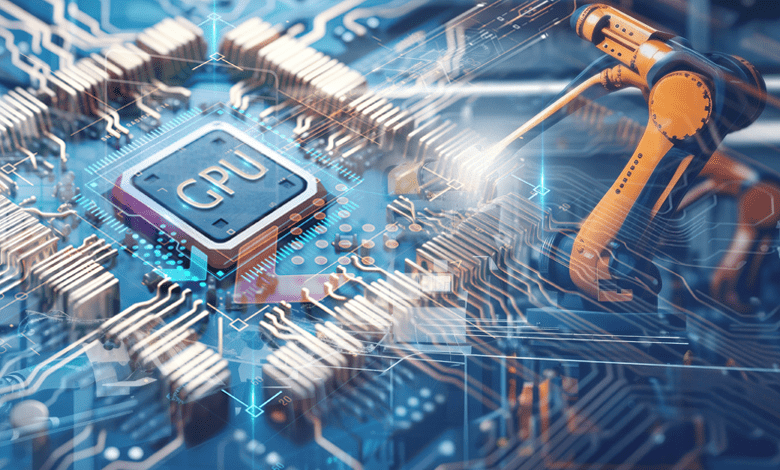GPU usage in the data center has been steadily growing for the past few years and now accounts for 46.1% of the revenue share in the data center.1 This number is only expected to go up—and with good reason. The parallel processing power of a GPU is exponentially greater than that of a CPU: a typical CPU has less than a hundred cores, while GPUs can have thousands. Their high bandwidth allows them to access data quickly and complete processing for complex computations far better than a traditional CPU. All these advantages have changed the landscape in data processing, but a GPU in a data center is no longer enough.
GPUs at the Edge
Thanks to the incredible amount of data generated by industry 4.0 technology, computations have been moved to the edge to save bandwidth and lower energy consumption. By offloading computationally intensive tasks to GPUs, edge devices can improve their performance and responsiveness while reducing the amount of data that needs to be sent to the cloud. Naturally, GPUs have started to see higher use at the edge, especially when processing data generated from smart cameras, self-driving cars, and medical devices. In many cases, these computations need to be processed as quickly as possible to make real-time decisions. As a result, GPUs have seen increasing usage.

Quicker Decisions
This kind of computational power enables the processing of 2D images (nothing more than a large data set to a computer), allowing computer vision applications to function. For example, GPUs can process images and videos from smart cameras in real time. This can be used for facial recognition, object detection, quality control, and traffic monitoring tasks. GPUs can also be used to analyze data from industrial robots to improve their performance and safety. As edge computing grows, GPUs will play an increasingly important role in enabling these and other applications in manufacturing. GPU prices are dropping, but this trend may not last with the rise of AI applications in business. Investing in the data center now may be the best bet for those looking to take full advantage of the promise of Industry 4.0.
Collaboration Is the Key to Implementing Complex Solutions
Bringing GPUs to the edge is by no means easy. High-performance tools generally demand more energy and space, and GPUs are no exception. Another challenge is the high heat generated by the devices, and plenty of factory floors still lack climate control. It can be difficult to consider everything when outfitting a new solution, which is why Connection works with so many partners to ensure our customers have everything they need from the right edge compute solutions inclusive of fanless and industrial hardware designed to perform in any manufacturing environment.
If you’re looking for ways to decrease your data cost or need to ramp up your infrastructure for industry 4.0 applications, engage Connection’s Manufacturing Practice today to get started.

